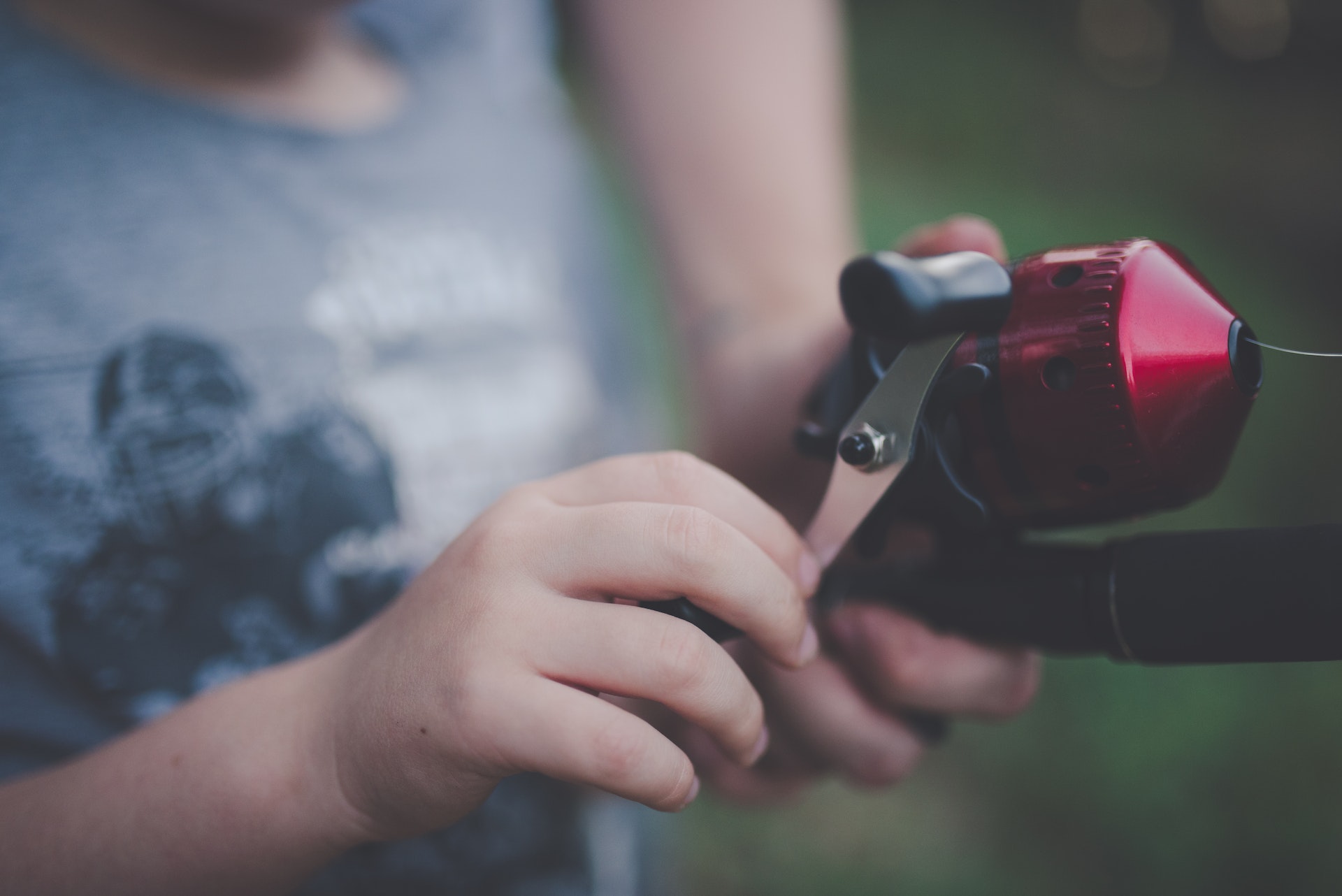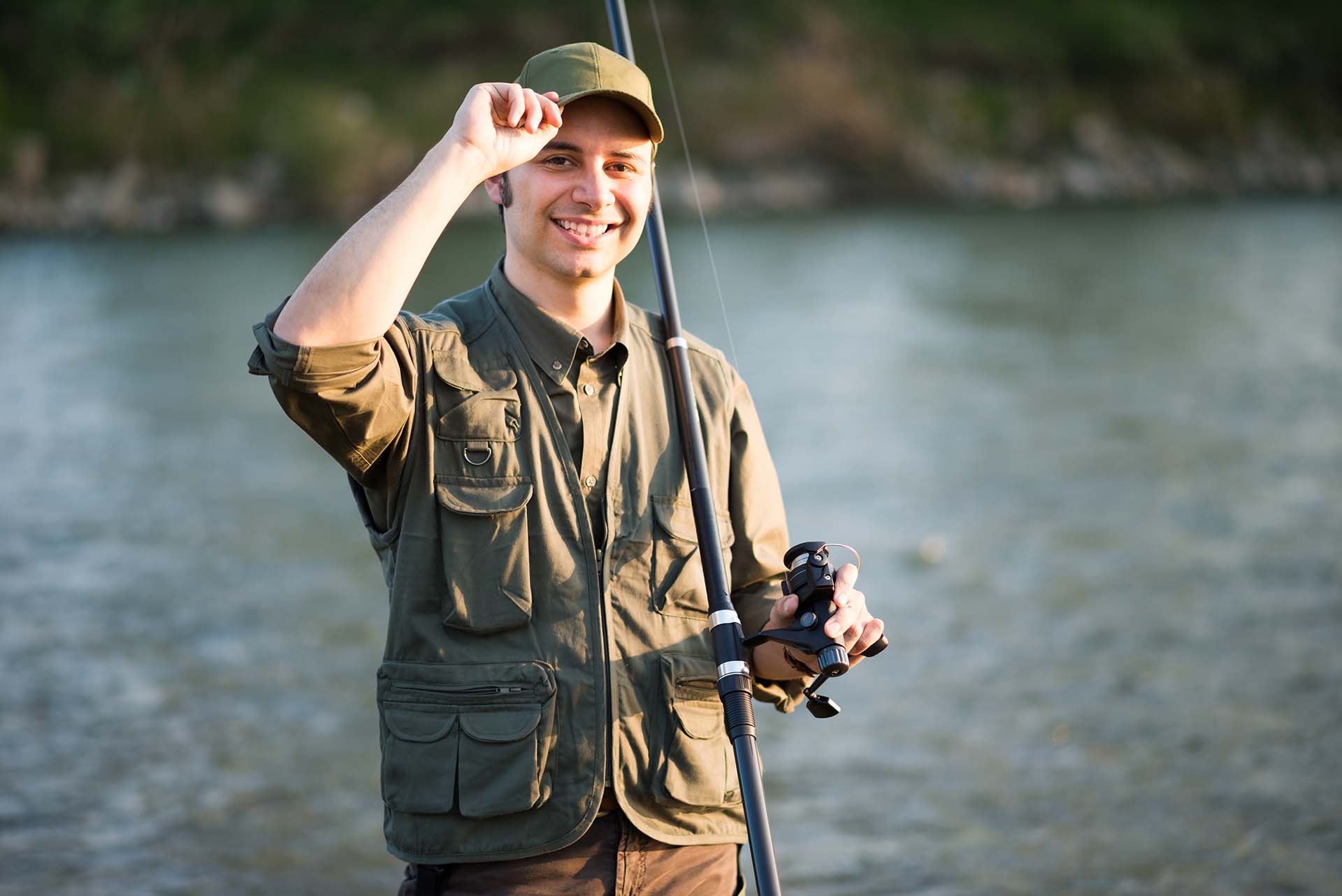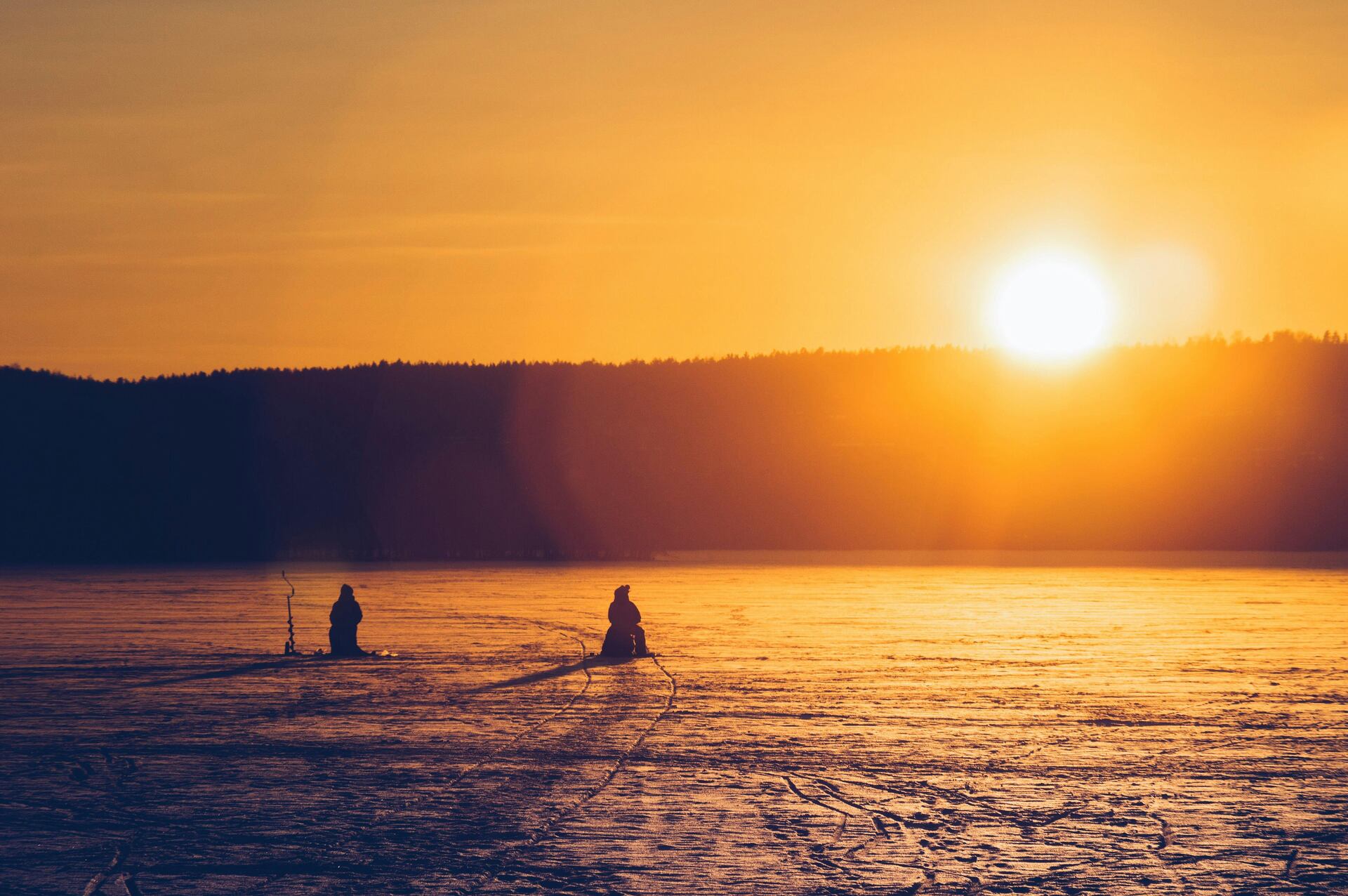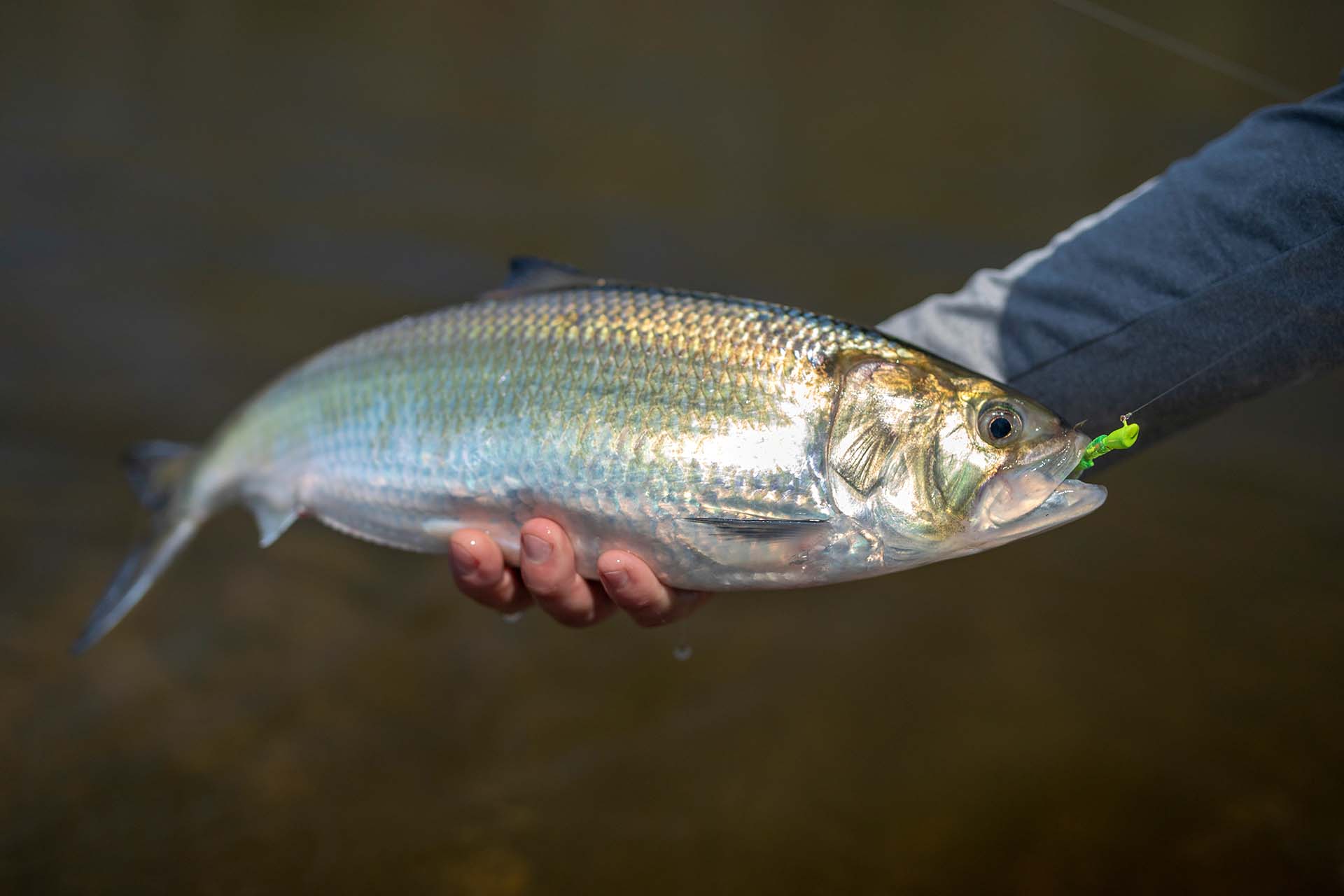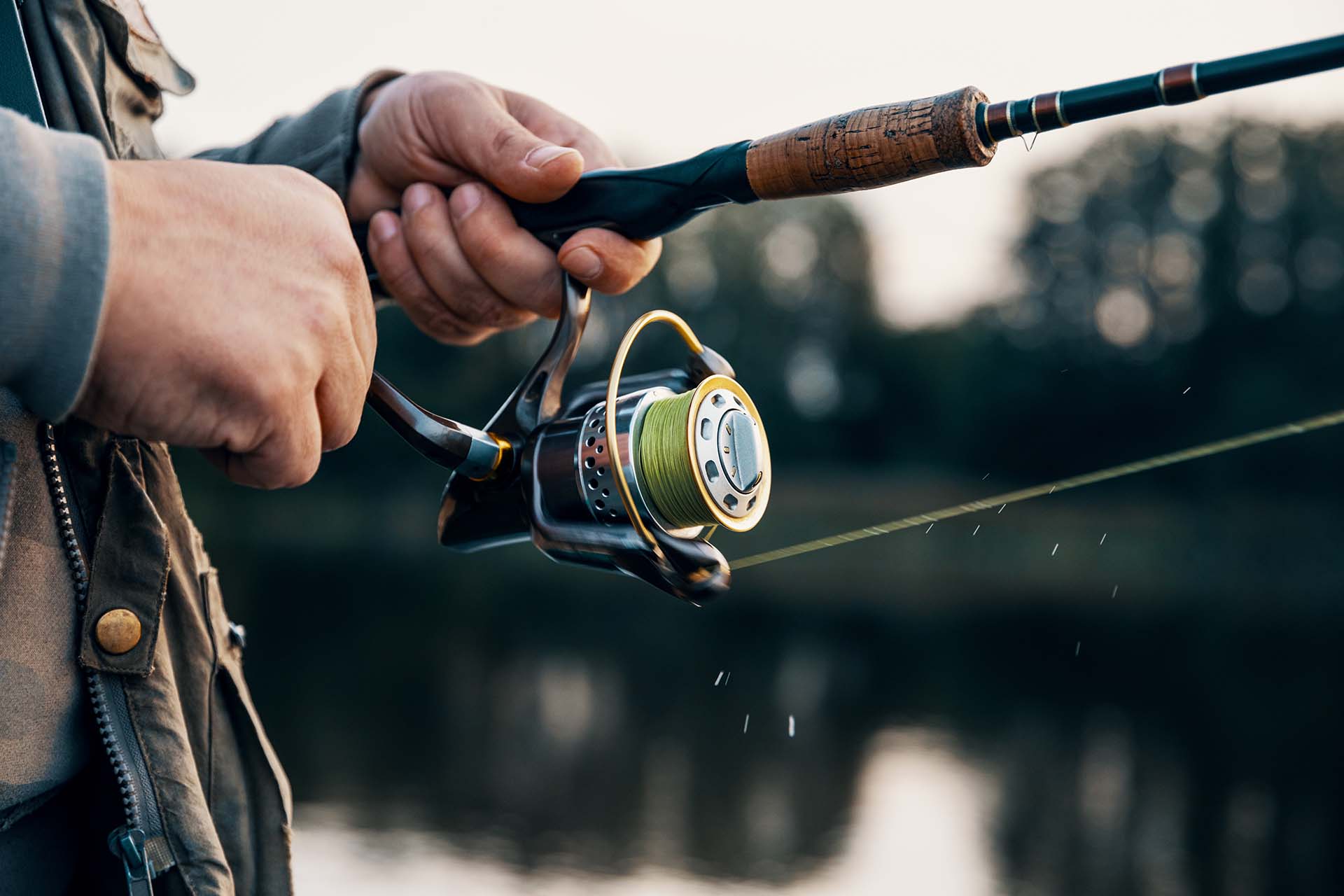Cruising along pristine waters, your line trailing behind as you anticipate the exhilarating strike of a trophy fish. Trolling fishing is a dynamic technique that combines skill, strategy, and patience, allowing you to cover vast distances and target elusive species. In this comprehensive guide, I’ll delve into the art of this kind of angling, from essential gear and bait selection to expert tips and techniques. Let’s get started.
Trolling angling is a technique where anglers tow baited lines behind a moving boat to entice fish to strike. Unlike stationary angling, trolling involves actively searching for fish by covering larger areas of water. The bait, often in the form of lures or natural bait, is dragged through the water at varying depths and speeds to mimic the movement of prey. This method allows anglers to target a wide range of fish species, from salmon and trout to marlin and tuna. It offers an exciting and dynamic approach that tests the angler’s skill and patience in pursuit of a successful catch.
What Is a Trolling Fishing Method?
The trolling angling style involves towing baited lines behind a moving boat to attract and catch fish. But what is the difference between trolling and fishing? Being a distinct technique within the broader category of angling, the key difference between this kind and the traditional one lies in the approach and execution.
While traditional casting the line typically involves casting a line from a stationary position and waiting for fish to bite. It is an active method that involves covering larger areas of water by moving the boat. By dragging the baited lines through the water at different depths and speeds, anglers can entice fish to strike. Trolling allows anglers to target a wider range of fish species and offers a dynamic and engaging experience on the water.

What Trolling Fishing Techniques Are There?
Want to explore the various methods anglers employ to enhance their chances of success on the water? You’re at the right place! This type of angling encompasses a wide range of approaches, each designed to entice different fish species and maximize the thrill of the catch.
Also, it doesn’t matter if you prefer casting the line at night. That adds an extra layer of excitement. I’ve got you covered even when the darkness brings out different behaviors in fish and requires anglers to rely on their senses to navigate the waters. So, here are two techniques you need to know about and not wonder why fish aren’t biting.
Freshwater Trolling Fishing
This thrilling pursuit takes anglers on an adventure through rivers, lakes, and reservoirs. This technique involves towing baited lines behind a slowly moving boat or kayak to entice freshwater fish species like trout, salmon, walleye, or bass.
Anglers can employ various techniques, such as flat casting lines, downrigging, or divers reaching different depths in the water column. Whether targeting trophy-sized fish or enjoying a relaxing day on the water, it will offer a dynamic and rewarding experience for anglers of all skill levels.
Saltwater Trolling Fishing
Saltwater trolling fishing opens up a world of endless possibilities for anglers seeking exciting encounters with ocean-dwelling species. This method involves dragging baited lines or artificial lures behind a moving boat in saltwater environments, such as coastal areas, bays, or offshore waters.
Don’t forget that angling at night on salt waters will give you a whole other dimension to this sport. So, if you want to catch the most common saltwater fish, be sure you know what is the best time to cast your line. And, of course, pick the best lure for the best results.
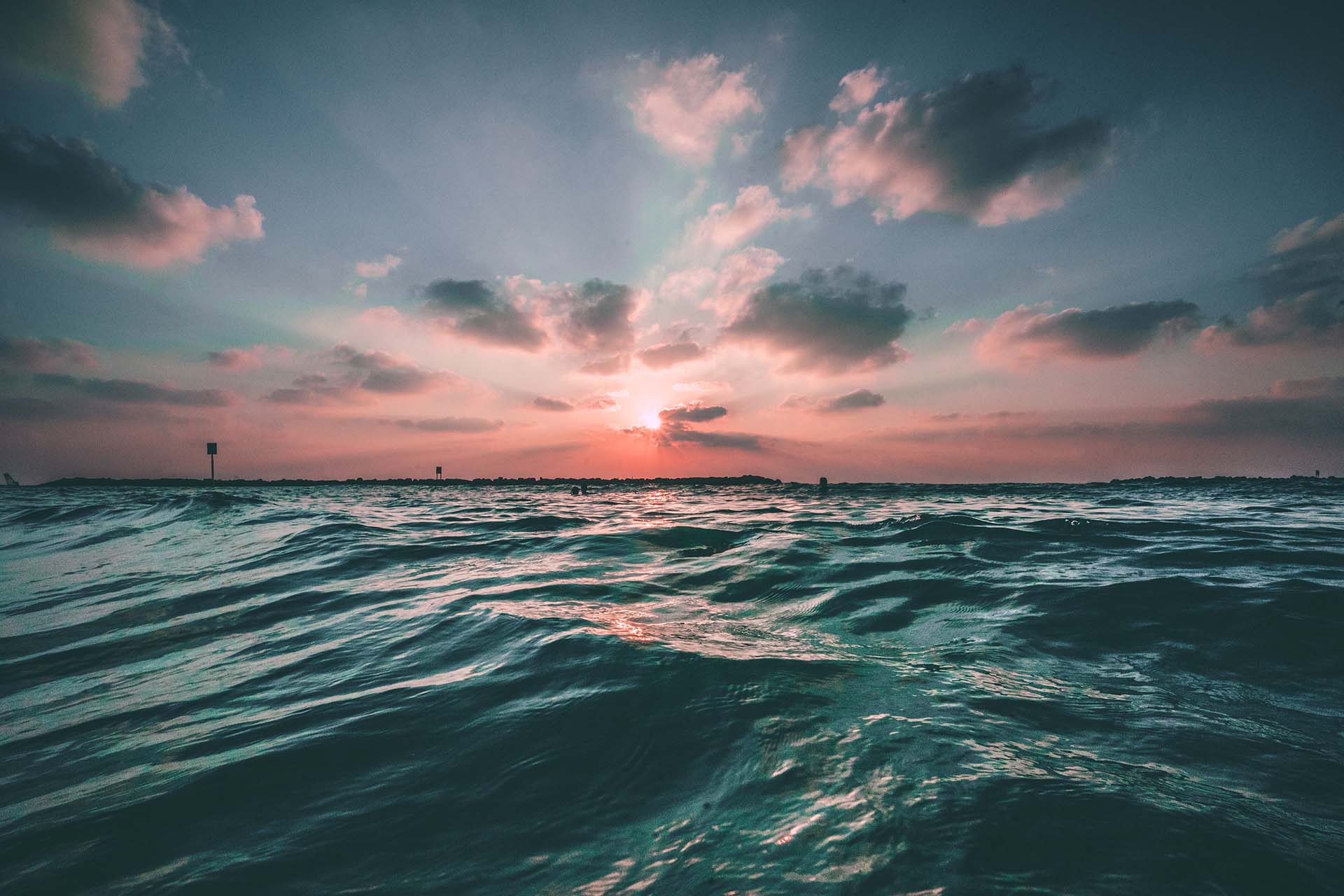
What Kind of Trolling Fishing Equipment Do You Need?
There are numerous kinds of angling equipment and accessories nowadays you can get. But when it comes to this kind of casting the line, here’s what’s the most important gear you should have.
Boats and Motors
A suitable boat equipped with a reliable motor is essential if you want to have a successful journey. The boat should be sturdy, spacious enough to accommodate anglers and gear, and capable of maintaining a consistent speed.
Rods and Reels
These rods are designed to handle the demands of trolling, featuring sturdy construction and a length that allows for better control. Match your rods with the best type of reels that have a smooth drag system and sufficient line capacity to handle potential trophy catches.
Fishing Lines and Lures
Strong and durable fishing lines are necessary to withstand the tension and pressures involved in trolling. Monofilament and braided lines are popular choices. Select lures that mimic the prey fish species you are targeting, such as crankbaits, spoons, or soft plastic baits. Additionally, consider using downriggers, planer boards, or divers to control the depth and spread of your lines.

How Trolling Fishing Works?
Like regular angling, there are some things you need to do first to prepare properly for the upcoming day or night on the water. But, when it comes to this kind of casting the line, here’s what you need to be aware of:
- Speed and depth control – this involves moving a boat at a controlled speed while towing baited lines or lures behind it. The speed at which you troll can vary depending on the species you’re targeting and the conditions of the water. It’s important to maintain a consistent speed that mimics the natural movement of prey fish.
- Choosing the right lures – is vital for enticing fish to strike. Different species have specific feeding preferences, so it’s important to choose lures that closely resemble their natural prey. Factors such as the lure’s color, size, and action can influence the fish’s interest.
- Understanding fish behavior and targeting specific species – knowing their feeding patterns, preferred habitat, and typical depths they inhabit can significantly improve your chances of success. It’s also important to consider factors like water temperature, currents, and structure to locate areas where fish are likely to be present.
By combining speed and depth control, selecting the right lures, and understanding the behavior of your target species, you can effectively entice fish to strike while trolling. Patience, observation, and adapting your techniques based on the conditions and fish response are key to mastering this angling technique.
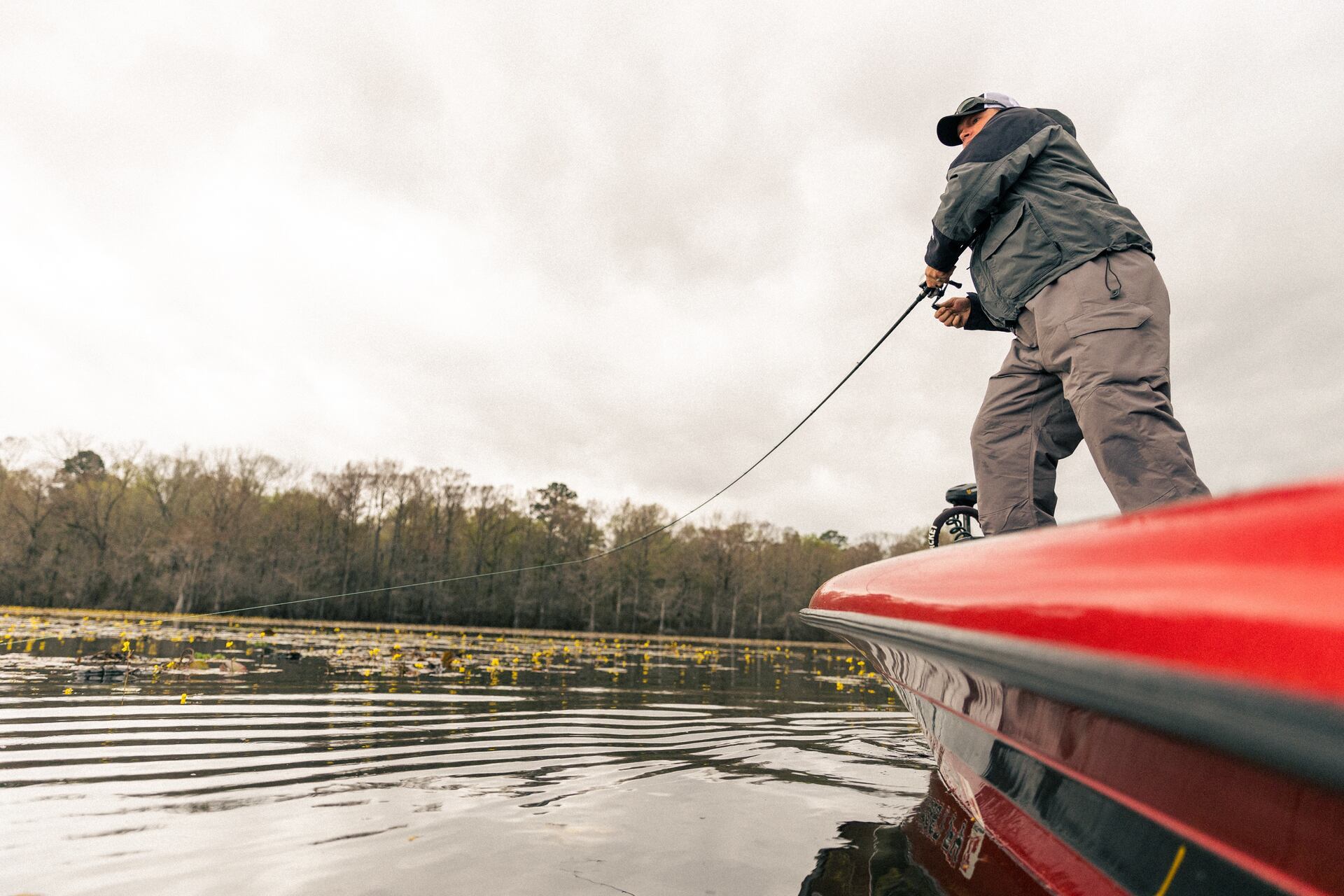
What Are the Benefits of Trolling Fishing?
This activity offers a host of benefits that make it a captivating and rewarding pursuit for anglers. One major advantage is the ability to cover vast expanses of water, exploring different depths and structures in search of the perfect catch. Whether in freshwater or saltwater, trolling allows you to target a wide variety of popular fish to catch in America, from the feisty bass and walleye in freshwater lakes to the mighty marlin and tuna in the ocean.
Covering Larger Areas of Water
Trolling allows anglers to cover more extensive stretches of water compared to stationary casting the line methods. By moving the boat while towing baited lines or lures, anglers can explore different depths, structures, and locations to increase their chances of finding active fish. This ability to cover a larger area increases the likelihood of encountering fish and maximizes opportunities for a successful catch.
Catching a Variety of Fish Species
Casting the line like this will provide the opportunity to target a wide range of fish species. Whether you’re in freshwater or saltwater environments, it allows you to adapt your techniques and lure selection to attract different types of fish. This versatility opens doors to catching various species, adding excitement and diversity to your angling experiences.
Enhanced Chances of Catching Larger Fish
Going on this kind of angling will attract larger predatory fish species that are actively seeking out prey. By simulating the movement of baitfish or luring larger fish with attractively presented lures, when you toll, it surely will increase the likelihood of hooking into sizable catches. This aspect of trolling appeals to anglers looking for the thrill of battling and landing trophy-sized fish.
Enjoying the Thrill and Excitement of Trolling Fishing
It offers a dynamic and engaging experience that keeps anglers on their toes. The anticipation of a strike, the challenge of maintaining the right speed and depth, and the adrenaline rush when a fish takes the bait create an exhilarating adventure. This activity can provide a memorable and exciting outing, leaving anglers with unforgettable moments and a deep appreciation for the sport.
What Are Popular Trolling Fishing Destinations?
There are numerous popular trolling angling destinations around the world that attract anglers seeking thrilling adventures and bountiful catches. Some notable destinations include:
- Florida Keys, United States – Known for its stunning blue waters and abundant marine life, the Florida Keys offer excellent opportunities for this kind of angling. Anglers can target species like sailfish, marlin, mahi-mahi, and wahoo in these productive offshore waters.
- Great Lakes, United States, and Canada -The Great Lakes, including Lake Erie, Lake Michigan, and Lake Ontario, provide exceptional experiences. Anglers can target species such as salmon, trout, walleye, and muskie, known for their size and fighting spirit.
- Cabo San Lucas, Mexico – Located at the tip of the Baja California Peninsula, Cabo San Lucas is a renowned trolling destination. Anglers flock here for the chance to hook into trophy-sized marlin, sailfish, dorado, and yellowfin tuna.
- Costa Rica – With its rich biodiversity and thriving offshore waters, Costa Rica offers world-class angling opportunities. Anglers can target marlin, sailfish, roosterfish, and tuna, among others, in the Pacific and Caribbean coastlines.
- Australian East Coast – Australia’s east coast is a haven for trolling enthusiasts. Destinations such as the Great Barrier Reef and the waters off Sydney provide ample opportunities to catch common species in Australia – marlin, tuna, mahi-mahi, and various reef species.
- Kona, Hawaii – Kona is renowned for its deep-sea trolling. Anglers can venture offshore to pursue blue marlin, striped marlin, spearfish, and yellowfin tuna in the warm waters surrounding the Hawaiian Islands.
These are just a few examples of popular destinations, each offering unique angling experiences and the chance to target a diverse range of fish species. Remember to check local regulations and that you have the needed license, seasons, and charters to ensure a successful and enjoyable trip.
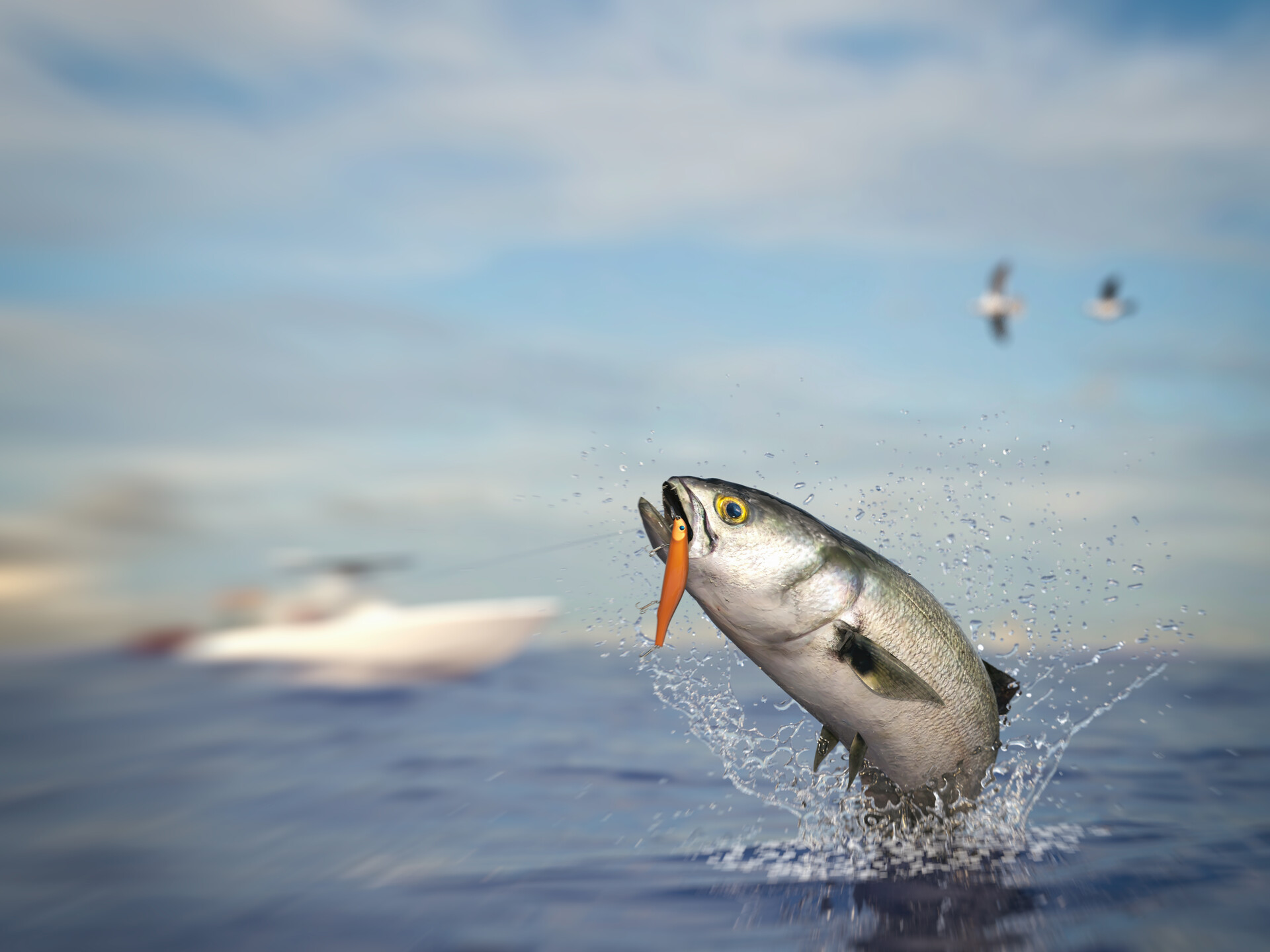
Trolling Fishing Tips and Techniques
Like everything in life, for this angling technique, you’ll need skill and knowledge to maximize your chances of success. That’s why I’ve prepared some tips and techniques to enhance your overall experience.
Proper Trolling Speeds and Depths for Different Species
Different fish species have varying preferences for trolling speeds and depths. Research the target species and adjust your speed accordingly. Generally, a speed between 2 to 6 mph is suitable for many species. Experiment with different depths by using downriggers, planer boards, or divers to find the optimal range where the fish are actively feeding.
Selecting the Right Lures and Bait
Choose lures and bait that closely resemble the prey fish species preferred by your target fish. Consider the color, size, and action of the lures to entice strikes. Match the bait to the local forage and adapt to the current conditions, such as water clarity and weather patterns. It’s also helpful to have a variety of lures in your tackle box to cater to changing fish preferences.
Using Downriggers and Planer Boards for Trolling
Downriggers and planer boards are valuable tools for controlling the depth and spread of your lines. Downriggers allow you to precisely adjust the depth at which your bait or lure runs. Planer boards help spread out your lines to cover a wider area and minimize tangles. Utilizing these tools effectively can increase your chances of attracting fish and covering more water.
Reading Sonar and Fish Finders for Successful Trolling
Learn how to interpret sonar and fish finders to identify underwater structures, baitfish, and fish concentrations. Pay attention to depth contours, temperature changes, and any signs of active fish. These devices can help you pinpoint productive areas and adjust your route accordingly.
Trolling Fishing Can Make Your Adventure Fun and Unforgettable
This surely has the power to transform your adventure into an incredibly fun and unforgettable experience. The thrill of trolling, with the wind in your hair and the anticipation of a strike, adds an element of excitement to your angling expedition. So, embark on your next adventure, embrace the thrill, and create memories that will last a lifetime.



